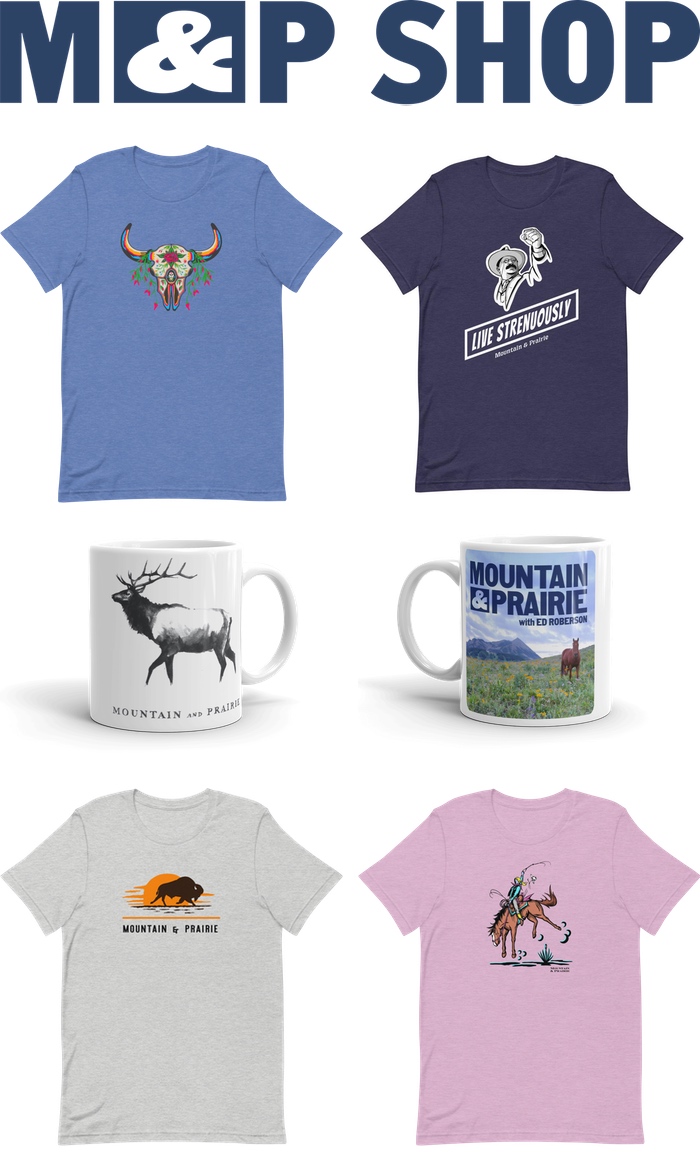Our Gear and the Stories That Go With It
I’m a huge fan of Patagonia – the gear, the company’s mission, the company’s founder, and the lifestyle that the brand promotes. If you don’t know much about the company, I suggest reading this article about Patagonia’s founder Yvon Chouinard, reading this book, or watching this movie. Chouinard has a unique perspective on business – I actually read his book during graduate school and it had far more of a lasting effect on me than any of the finance books I studied.
For the last few years, Patagonia has been using the shopping-fighting-stampeding idiotfest known as “Black Friday” as an opportunity to promote the idea that you don’t need to buy a bunch of junk; consumers should value quality over quantity. This year, they’ve produced a film that highlights not only the high quality of their gear, but the idea that gear that has been truly used – torn, dinged, beat up, or destroyed after years of adventure and travels – is actually more valuable than anything you could buy new at a store.
And I couldn’t agree more. I bought a capiline base layer in 1999 that’s been with me through a semester of NOLS, a climbing trip to the Andes, two slogs up Denali, not to mention weekly runs, camping trips, and just working in the yard. I have a pair of Patagonia surf trunks that I literally wore 6 days a week for a year straight when I lived in Central America. I would know it was time to wash them when my wife complained that they smelled like vinegar and/or sausage. In those trunks, I surfed by first double overhead wave, was shaken down for cash by Nicaraguan police, and attended multiple “rodeos” that consisted of dozen of drunks taunting an angry bull and eventually being stomped or gored by said bull.
I could go on and on about the stories attached to my gear – particularly Patagonia gear because it lasts so dang long. Even when my trunks or capiline become too destroyed to wear, I’ll never throw them away – there are simply too many stories of fun, adventure, and craziness associated with each piece. It’s like Steve House says toward the end of the video: “To get rid of it, it would be like throwing away a journal.”






